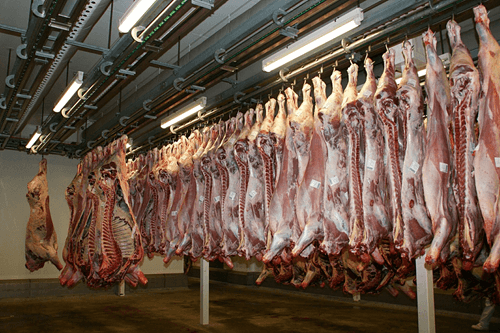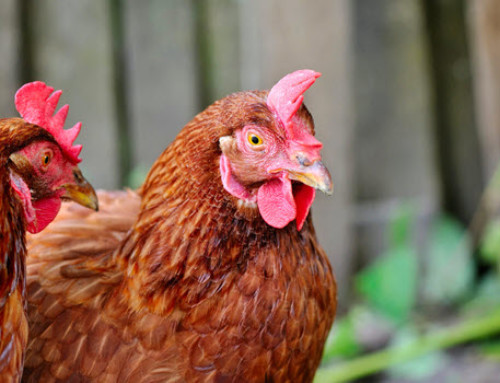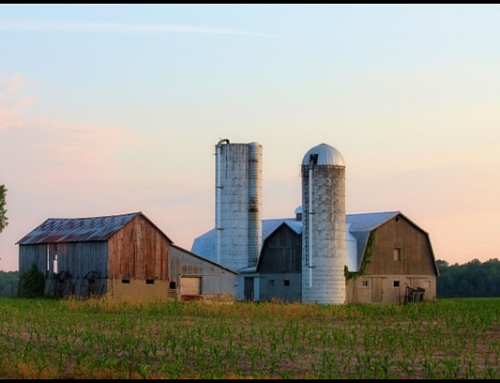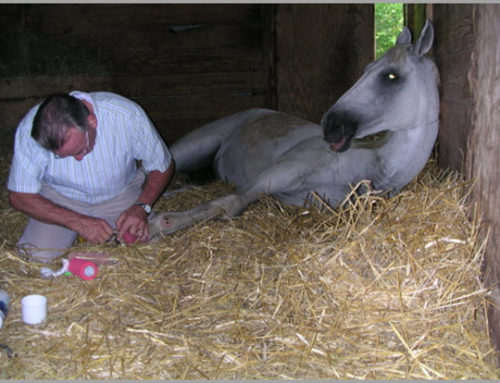Inhumane Treatment Pigs Many people are not vegans which means they likely consume meat and vegetables. The process of getting both to the market can have negative effects. The production of meat may be the most troubling with the rise in factory farming, which treats animals poorly.
Inhumane Treatment Pigs are slaughtered in a way that is questionable at best and completely in humane at worst. This incident is not unique to pigs however, but pigs are not always thought about when it comes to inhumane treatment, more likely chickens do with pictures of them crowded in a building with nowhere to move crowding the internet.
Inhumane Treatment Pigs Farm
When one plant was inspected by the U.S. Department of Agriculture or USDA found 14 humane-slaughter violations.
The reason for the Inhumane Treatment Pigs may be that pork is a fairly nutritious meat containing an average of 203 calories with 111 being from fat, along with an average of 21.7 grams of protein. There is also approximately 48 mg of sodium, 71 mg of cholesterol, 4.4 grams of saturated fat, and only 12 grams of fair.
There is approximately 10,515.150 thousand tones of pork produced each year in the United States. This astonishing number is just as shocking as the number of pigs killed to produce that amount of meat which is 118.2 million pigs each year. That may seem like a difficult quota to meet, but when you consider that the factory farms are killing about 1,100 pigs per hour it seems almost insignificant.
The pigs transport to the slaughter house is almost as Inhumane Treatment Pigs as the actually slaughter itself. The pigs are transported at six months old when if they were allowed to live out their natural life span they would live for 10 to 15 years.
To get to the slaughter house the pigs are pushed and poked with electric prods. Their journey is usually over 100 miles, during which they get a little food or oxygen. They are often so crowded that “their guts actually pop out of their butts”.
With them being so crammed in and being transported at all times of year it is inevitable that some pigs would need to be pushed up against the wall of the truck. Like you can get your tongue stuck to a metal pole the pigs bodies get stuck to the wall of the truck.
To get the pigs unstuck the workers either pry them of which tears of skin or use wire or a knife to remove them, which invariably cuts the pigs skin. All of that is done while they are conscious and alive.
This process not only of transport, but of slaughter can be made significantly more humane by having the slaughter houses on sight and by ensuring all the pigs are truly dead or unconscious before being taken to the scalding tank.
The process of have the slaughter houses on site is more complicated than it may seem as it is very likely that the slaughter house serves more than one factory farm. That is still a simple and worthwhile investment for the companies to make because they would have to spend significantly less on transport and possibly land as building multi story factory farms would be cheaper and may allow for better treatment of the animals.
The process of Inhumane Treatment Pigs slaughter is a slightly more difficult procedure as it would involve a new method of killing the pigs. The method that I would suggest is a stronger electric shock as electrocution is still used for the death penalty in many states.
They would then sit out for some time to determine if the Inhumane Treatment Pigs are truly dead then they would move onto the scalding tank. The Inhumane Treatment Pigs slaughter of animals is a serious problem, but only you can be the change.
Karen’s Note; – this is a depressing story, and one that needs telling. This is also why I do NOT eat pork. Pigs are intelligent, more then dogs – and people – well people just are not nice. Watch for our next story – SOME people DO care!
Works Cited
“Agricultural Output – Meat Consumption – OECD Data.” TheOECD, data.oecd.org/agroutput/meat-consumption.htm.
“Pig Transport and Slaughter.” PETA, www.peta.org/issues/animals-used-for-food/factory-farming/pigs/pig-transport–slaughter/.
“Livestock Slaughter 2016 Summary.” USDA,
http://usda.mannlib.cornell.edu/usda/current/LiveSlauSu/LiveSlauSu-04-19-2017.pdf.
“Nutrition Facts – Pork & Lamb.” USDA,
https://www.fsis.usda.gov/shared/PDF/Pork_Lamb_Nutrition_Facts.pdf?redirecthttp=true.







Leave A Comment